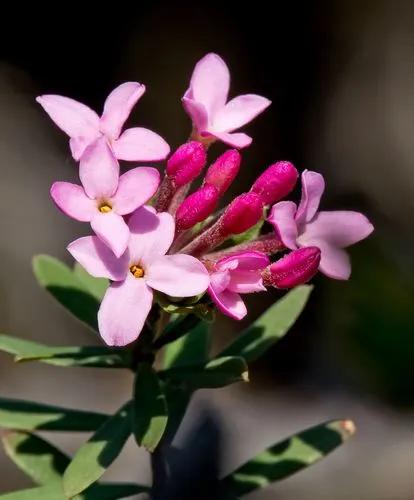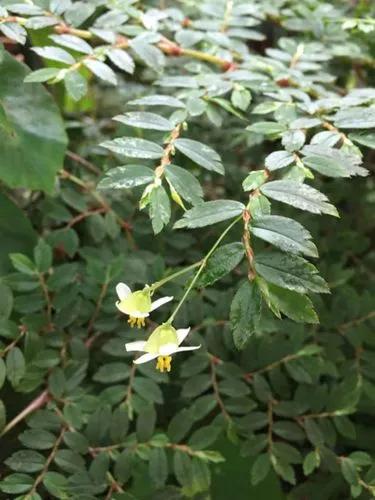Portia tree is a fast-growing evergreen shrub or small tree with a dense, braod crown; it can grow up to 20 metres tall. It has a short, often crooked bole that can be free of branches for up to 3 metres and 60cm or more in diameter. The bole can become hollow with age. A multipurpose tree, providing food, medicines and many other commodities for local use. The plant is especially valued for its beautiful richly-coloured dark wood. The plant is ideal for seaside planting, providing screening, shelter and shade. It is a sacred tree in many parts of the Pacific, where it is often planted near temples and is also often planted to provide shade near dwellings.
Portia Tree Care
Thespesia Populnea



Thespesia populnea, commonly known as the portia tree ,Pacific rosewood, Indian tulip tree, or milo, among other names, is a species of flowering plant belonging to the mallow family, Malvaceae. It is a tree found commonly in villages of Tamil Nadu and on coasts around the world. However, the Portia tree is probably native only to the Old World tropics.It was introduced to the Pacific Islands from Island Southeast Asia by prehistoric Austronesian voyagers. The Portia tree reaches a height of 6–10 m (20–33 ft) tall and its trunk can measure up to 20–30 cm (7.9–11.8 in) in diameter.[9] It grows at elevations from sea level to 275 m (902 ft)[10] in areas that receive 500–1,600 mm (20–63 in) of annual rainfall.[6] The Portia tree is able to grow in the wide range of soil types that may be present in coastal environments, including soils derived from quartz (sand), limestone, and basalt; it favours neutral soils (pH of 6–7.4).Pollen grains are approximately 70 microns in diameter.
How to Care for the Plant

Popularity

523 people already have this plant 73 people have added this plant to their wishlists
Discover more plants with the list below
Popular articles






